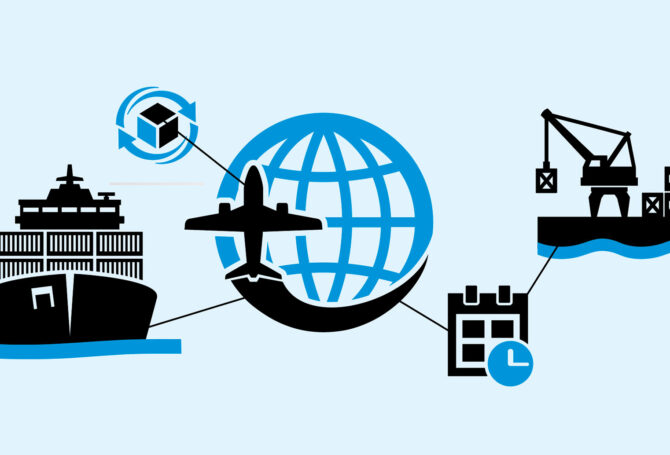
Presidents win election by the promises they keep. They can lose elections for promises unkept.
For President Trump, he boasts keeping his promises to cut taxes, roll back regulations and alter trade deals. On the campaign stump, he rarely mentions infrastructure and the $1 trillion he promised to invest in roads, bridges and water systems.
Much of the 2020 campaign has centered on Trump’s handling of the coronavirus pandemic, health care, economic recovery and election security. Infrastructure investment has barely been mentioned as a national issue, but that belies its outsized importance in the industrial Midwest and, in particular, critical battleground states such as Michigan, Wisconsin, Pennsylvania and Ohio.
In 2016, Trump carried all four of those states, giving him 64 electoral votes. Without those four states, Trump would have fallen short of winning, with only 240 Electoral College votes. If Hillary Clinton had won those four states, she would have comfortably prevailed in the Electoral College with 291 votes.
Trump topped Clinton in Michigan in 2016 by 11,000 votes out of more than 4.5 million ballots cast. His victory was aided by blue collar voters who flipped from supporting Democrats based on Trump’s promise to rebuild America and create American jobs. Infrastructure spending was viewed as the economic accelerant.
“We were told and promised Trump would ‘Build America;’ it was supposed to be a lot of money in there, almost $1 trillion. He talked about it before he got elected, after he got elected, and nothing’s happened. They won’t vote for him because of that,” Kenneth E. Rigmaiden, president of the International Union of Painters and Allied Trades, told The Washington Post.
The Post story noted, “Trump brought up infrastructure as a critical national need during the 2016 presidential debates, his Republican National Convention speech, addresses throughout the Midwest and his inaugural address. In campaign speeches last month in Pennsylvania, Wisconsin and Michigan, the president made no mention of repairing crumbling infrastructure or fixing the nation’s roads and bridges.”
Spending money on roads, bridges, buses, airports and water systems isn’t a sexy campaign topic, despite being a tried-and-true formula to create jobs and economic opportunity.
Trump blames House Democrats for the lack of action on an infrastructure package and points to his US-Mexico border wall as an example of infrastructure spending. Administration officials concede the priorities for Trump and a GOP-controlled Congress were repealing Obamacare and legislating a major tax cut. Trump’s annual “Infrastructure Week” has been drowned out by impeachment proceedings and self-inflicted controversies.
Democratic presidential candidate Joe Biden has proposed a “Build Back Better” plan, promising $2 trillion in “accelerated investment” to repair crumbling infrastructure, boost the US auto industry, expand public transit, generate clean energy, weatherize buildings, spur housing construction, promote innovation and stimulate “climate-smart” agriculture. The investments, Biden claims, will create good-paying jobs, pull the nation out of recession and make infrastructure more resilient.
On the stump, Biden typically derides Trump’s handling of the coronavirus pandemic and continuing attempts to scuttle Obamacare. In his recent campaigning in Michigan, Biden has focused on health care, bolstering US manufacturing and restoring a sense of national unity. His infrastructure proposal isn’t a centerpiece of Biden’s pitch.
Spending money on roads, bridges, buses, airports and water systems isn’t a sexy campaign topic, despite being a tried-and-true formula to create jobs and economic opportunity. Talking about infrastructure investment inevitably leads to questions about how to pay for it, which involves raising taxes, another campaign turn-off.
From a practical perspective, spending on coronavirus financial relief has exploded the federal budget deficit to $3.1 trillion in Fiscal Year 2020, tripling the size of the deficit last year. Negotiations are continuing between the White House and congressional Democrats on another measure in the $2 trillion range. Senate Republicans have already begun raising a red flag on federal spending levels, which could amplify if Democrats regain control of the White House and Congress.
Despite being an issue on the fringes of the 2020 presidential election, infrastructure investment may surface as an early initiative next year. Politics-as-usual have been scrambled by the pandemic. Polarization has never been more intense. Infrastructure investment is one of the few issues that partisans agree is badly needed and has the potential of bipartisan support, even if it involves raising the federal gas tax.




